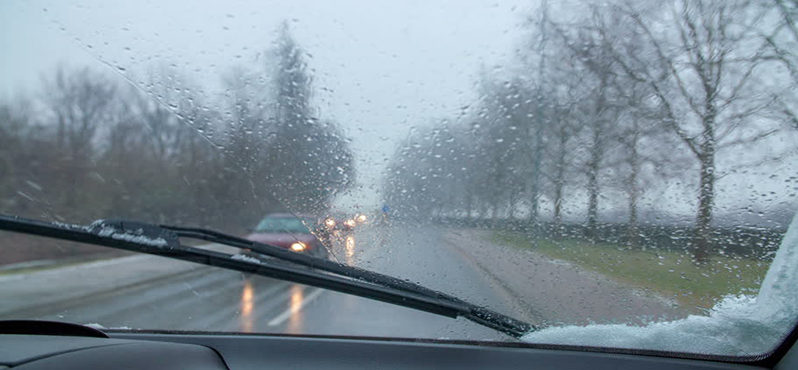

Exit the roadway and wait out any heavy rains in a parking lot. Move over to the right hand lane as soon as you can, but do not stop in the lane or on the side of the road. Leave space between you and other vehicles. Do not drive as you would in regular conditions. Keep headlights in good working condition and use other safe driving practices to minimize the risks of a collision.
#Driving in heavy rain drivers
Under current laws, drivers should only use hazard lights on stopped or disabled vehicles. While many drivers use this tactic as a way to improve visibility for other drivers, Florida bans drivers from doing so. Do not use hazard lights in heavy rain.As a rule of thumb, turn on or check automatic headlights every time you use windshield wipers. In Florida, drivers must turn on headlights in rainy weather. Practice these safe driving tips every time you turn your windshield wipers on: Prepare for the unexpected with safe driving skills designed to minimize inherent risks.

If you’ve ever hydroplaned on a wet surface, seen the rainbow-generating oil on a wet road, or lost visibility in a heavy downpour, you understand the unpredictable nature of driving in the rain. Data from the National Highway Traffic Safety Administration (NHTSA) based on 10 year averages indicates wet pavement contributes to 16% of accidents (73% of accidents involving weather) and rain contributes to 10% of accidents (46% of accidents involving weather).

Combined with other conditions, such as wind and deteriorating roadways, rain creates a perfect storm for accidents. Precipitation directly affects visibility and roadway friction. Here is how a Miami truck accident lawyer can help. When the forecasters predict increased chances of rain, use safe driving skills to protect yourself from an accident.
#Driving in heavy rain full
From mild sprinkles to full shower deluges, the onset of rain completely changes driving conditions. Content provided by Travelers Insurance Company.In Miami, drivers deal with extensive rainfall every year. Give other vehicles more space. Add 1-2 extra seconds of following time in the rain, which gives you and the cars behind you more time to react to traffic.įor more tips on driving in severe weather like tornadoes and hail, click here. Many states require the use of headlights during rain, even in broad daylight.ģ. Turn your lights on. Turn your headlights on to help other vehicles see you. Waiting a few minutes, rather than rushing to your destination, can be a safer plan when it is raining.Ģ. Also remember that one of the most dangerous times to drive is soon after it begins to rain, as oils on roadway make for slick conditions. Take your time. Slowing down is the only way to keep your vehicle from hydroplaning. Follow these tips to help you stay safe while driving in heavy rain.ġ. This has the potential to make steering and braking difficult and could even lead to losing control of your vehicle. Hydroplaning can occur when a vehicle is traveling too fast in heavy rain conditions, causing the vehicle’s tires to travel on a thin layer of water rather than grip the surface of the road. In addition to the potentially poor visibility that accompanies most heavy rain, drivers should be ready to protect themselves against hydroplaning. Keep a firm grip on the wheel. Keep both hands on the wheel in case the wind begins to move your vehicle, especially if you are driving a large vehicle or towing a trailer. They are more susceptible to high winds and drivers may have difficulties staying in their lanes.ģ. Notice larger vehicles. Be aware of large vehicles on the road such as tractor-trailers and recreational vehicles. Anticipate gusts. Take special care when driving through areas prone to strong winds or when weather reports predict severe weather.Ģ. The following tips can help keep you on the road and safe if you encounter heavy winds.ġ. Areas for concern also include highway overpasses, tunnels and ‘road cuts’ through mountainous areas that can act as funnels for wind. Strong wind can occur just about anywhere, but it can be more common in wide open spaces. Wind may seem like a minor risk, but this weather condition deserves special consideration from drivers. Keep in mind that sometimes the best driving decision you can make is to stay off the road completely until the weather clears. Remember that severe weather demands your undivided attention, so be sure to reduce any possible distractions by turning the radio down or turning off that phone to keep your attention fully on the road. Photo provided by Travelers Insurance Company.ĭriving in conditions that involve strong or heavy wind and rain may not seem like the most pressing safety concern for many drivers, but our safety professionals know that driving in any type of severe weather can significantly increase your risk and potential for a dangerous situation for you, your family and other drivers.


 0 kommentar(er)
0 kommentar(er)
